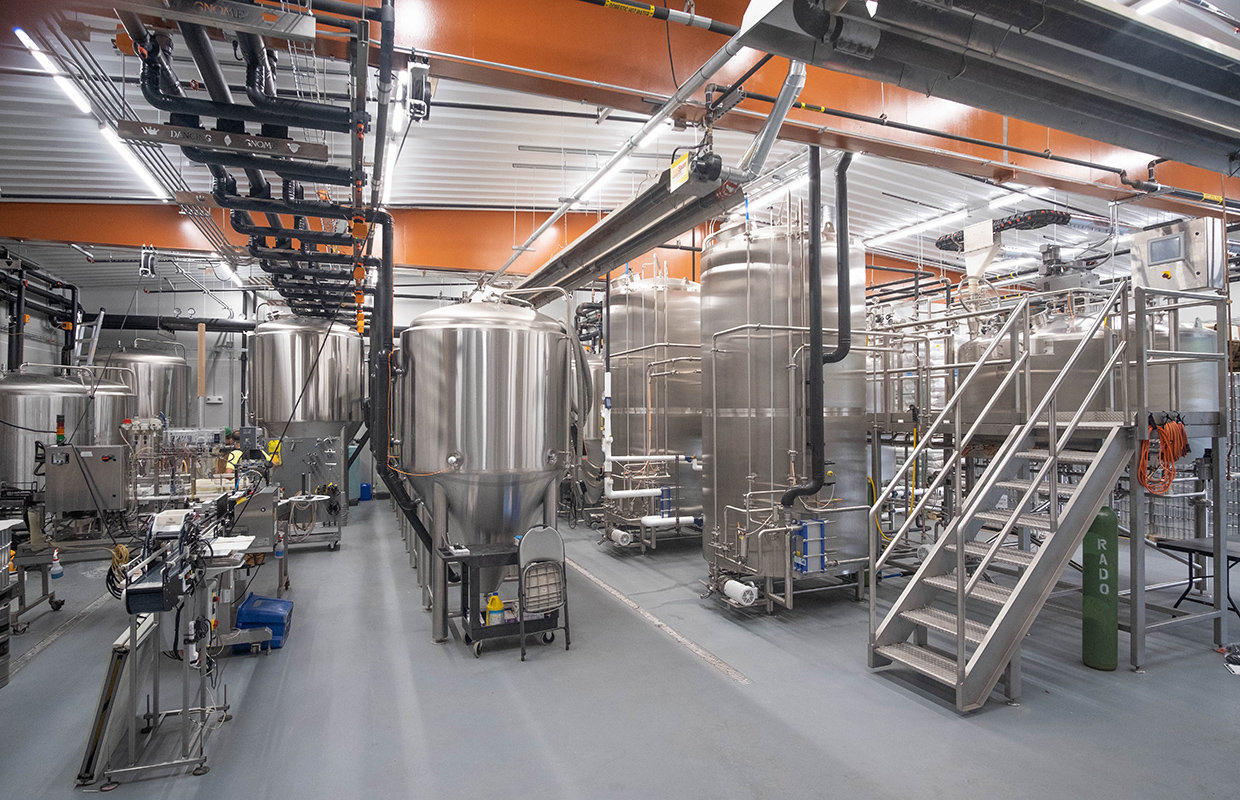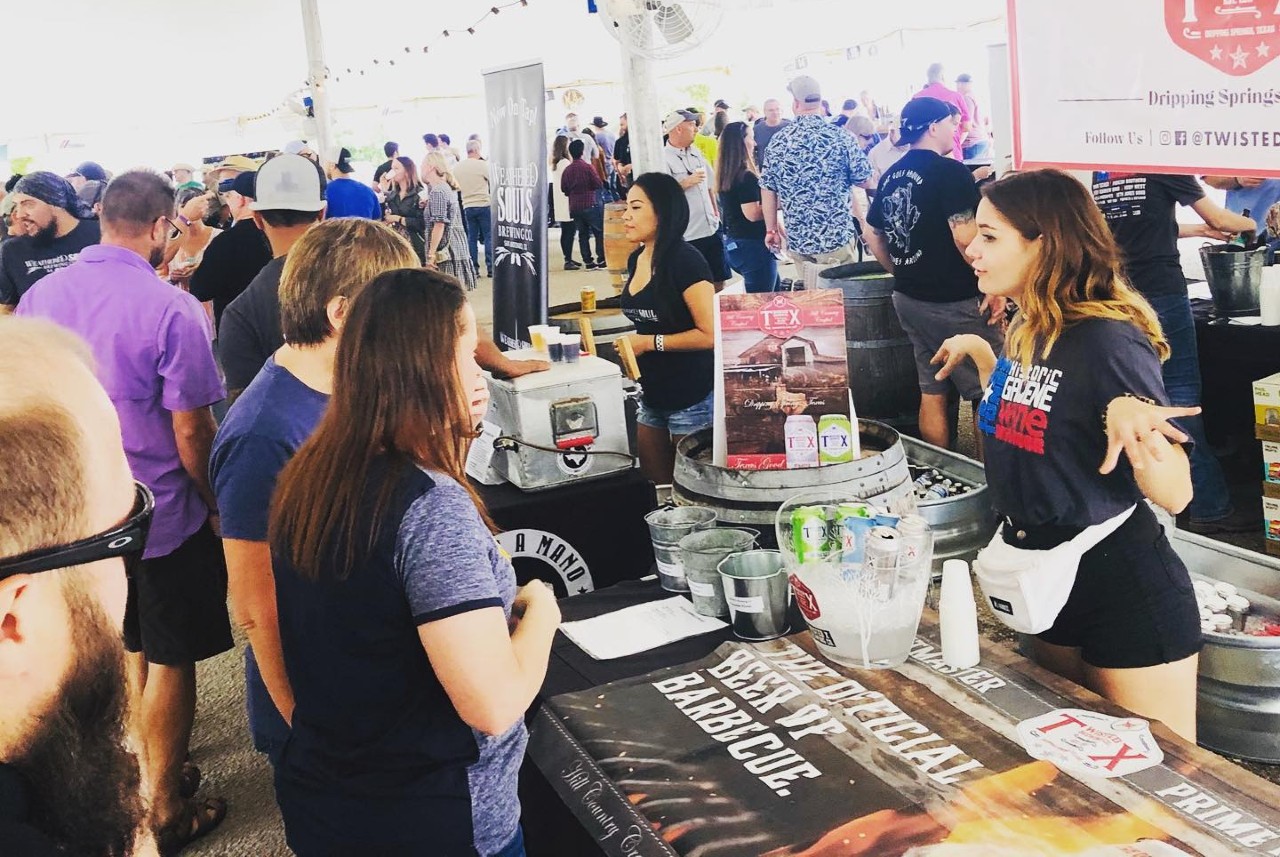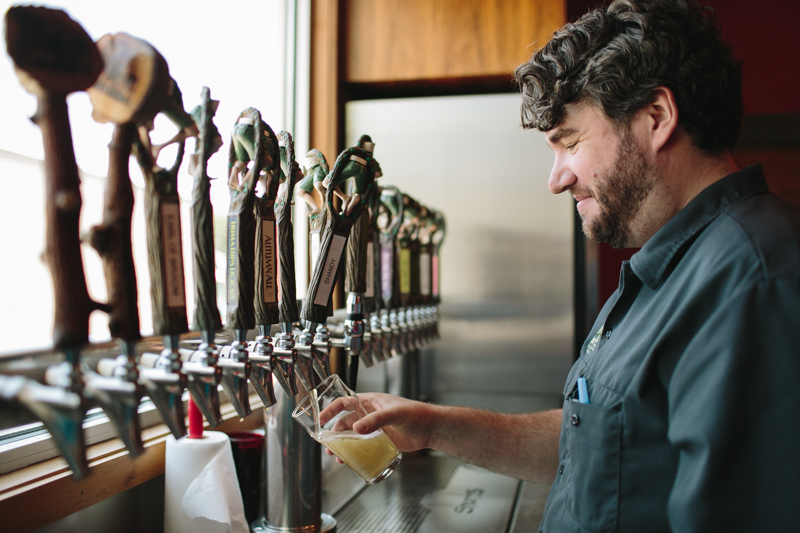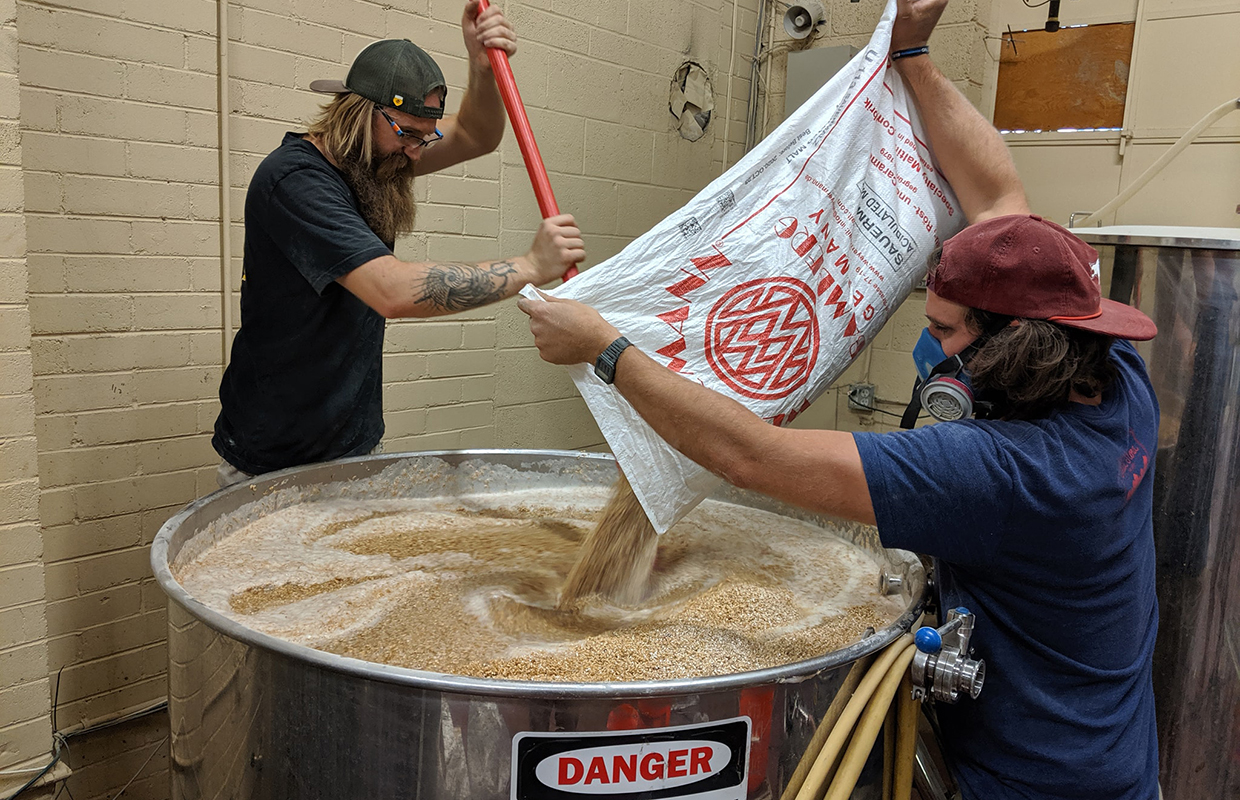
Andrew Witchey only knew hazy beer. That’s what he drank and that’s what he loved, so that’s what he made.
When the Pittsburgh brewery founder began Dancing Gnome in October of 2016, it only made hazies. At that time, it was a major hit, selling out batches fast and having people clamor for more. It was a “hype brewery” that was a part of consumer trade games as the brewery canned product and sold out that day as the sidewalks outside would be filled with fans.
“I really loved it and wanted to — from the business aspect, as more breweries were starting to grow — it made sense to have a niche and really try to bring in a specific consumer rather than just being like, ‘we’re a brewery, come to us,’ “ he said.
And as great as it is to be that brand that sells out the day that they release a beer … it was not fun, said Witchey, who is also the brewery’s head brewer.
“It’s hard to keep beers on tap, it’s hard to keep anybody pleased,” he said. “It’s hard when you have what you think is a very good beer on tap that just because it doesn’t have a ton of hops or haze in it, people automatically look down their nose at it.”
And Witchey himself saw a change growing the same way.
“As my palate changed, I couldn’t handle seven pounds of hops per barrel in a Double IPA, I began to understand beer more and wanted more nuanced things,” he said. It is something that he said he’s grown with consumers together, in a sense.
“Five years ago, we had these regulars that you’d get to know and they’d end up married and now they are having kids and they are not able to crush all these Double IPAs on a Saturday afternoon,” Witchey said. “But we have a Kolsch on tap now, and it’s good. That craft palette changes and starts to get back to that stuff, it is really good.
“I think Pittsburgh in general, it’s such a blue collar town and they love their beer. And people kind of find their own niche.”
Down the road from Dancing Gnome, a brewery like Hitchhiker — which started in 2013 — has made a switch the other way.
“It’s only three years difference [from us], but it feels like decades of growth,” Witchey said. “They used to do a Red, a Brown and a Blonde Ale. Now all they do is like crazy fruited, lactose, and sour beers. But that’s their market. They found it and that’s where you’re gonna go.
“We wanted to be more available, which was part of this space and part of growing, and also have a much larger space for people to be able to gather because the community aspect of it is awesome.”
This summer though, the brewery christened its new 20-barrel Sprinkman system just a few hundred feet from the original location that housed an 800-square foot taproom. The new facility will be able to accommodate many more people as well, but the biggest maturity step is that Witchey saw the need for more than just being a hazy manufacturer.
“In Pittsburgh, all of these breweries are small,” Witchey said. The brewery made just over 2,000 barrels in 2020 and the new facility will allow a much higher amount while also cutting down on hours needed to make the same amount of beer as previously. “We don’t have a regional distributing brewery. The brands all have faces. People know us, they know the people that produce it. They know the people that sell it, we are a part of the community. I think it’s important to still do what you like to do as well, rather than maybe, somewhere like Dogfish Head and Bell’s where they have to look at what the market is doing from a share perspective.
“We don’t necessarily have to do that because we can grow and change with a much smaller market. As long as we are communicating that effectively. Not like if we were all of a sudden a seltzer bar, that’d be a problem. Taking 5-10% of our yearly barrelage and making that a Pilsner? That’s not a problem.”




Be the first to comment